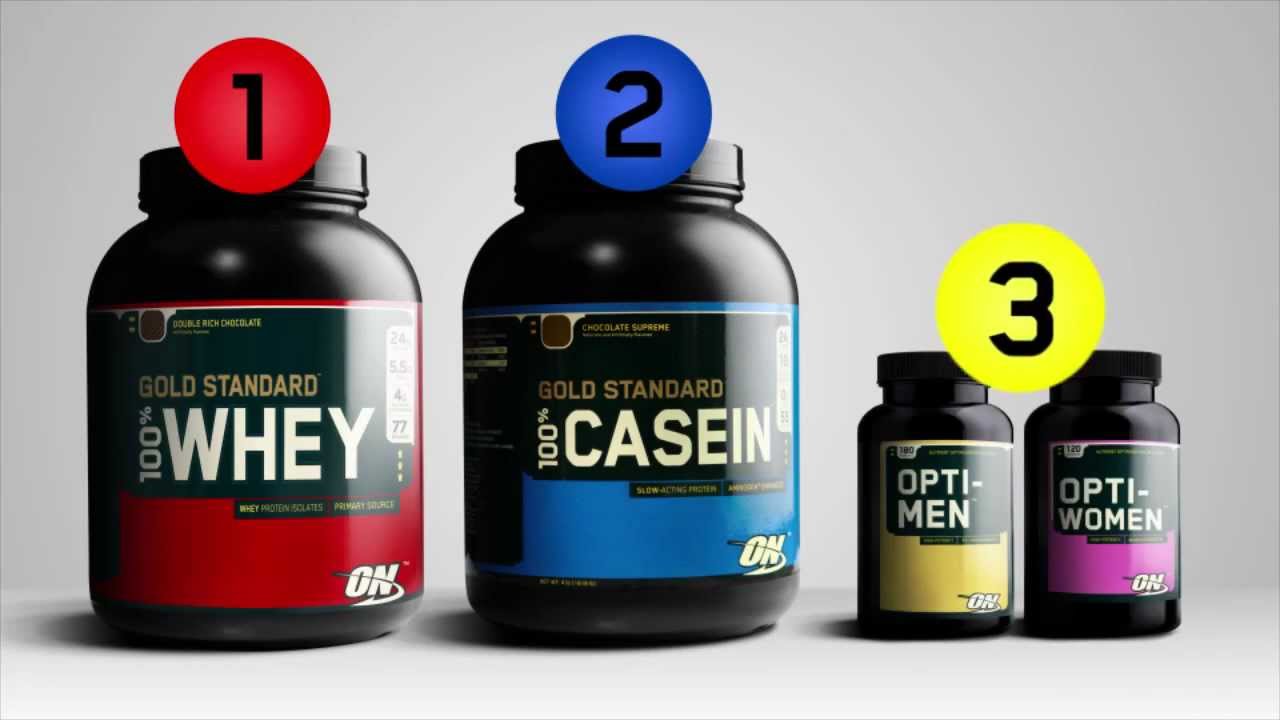
Protein supplements, along with creatine are the most commonly used sports supplements for muscle building; the most commonly used sources of protein in these supplements are whey and casein. Most people may just see a ‘protein powder’ at their local store, or when shopping on the Internet and buy it because it’s protein. However different types of protein have their own unique effects on the body so knowing how they work, and why will help you time your protein intake for better muscle gains.
Casein protein and whey protein are probably the most popular choices of protein supplement today, but they work in entirely different ways. So what’s the difference between whey and casein? Both whey and casein protein are found in milk, however they have different effects when they enter the body, so it’s vital to understand how they work and when to supplement with each type.
Whey Protein
Whey protein is by the far the most commonly used form of powdered protein supplement, for the simple reason that it is known to spark protein synthesis (muscle growth) better than any other source.
Whey protein makes up around 20% of the protein content of milk. As this is a relatively small amount, it is more expensive to extract, and therefore whey is more expensive than other sources of protein.
Whey has been found to contain the highest levels of essential amino acids and BCAAs (branched chain amino acids) that are essential for muscle building. When ingested these amino acids will actively spark muscle growth.
Whey protein digests very quickly and has been shown to spike amino acid levels and protein synthesis faster than any other source of protein. For pure muscle building power, nothing beats whey protein, as it is the most efficient at inducing muscle growth.
The disadvantage of a protein source that digests very quickly is that is also empties the stomach quickly and therefore doesn’t provide a long lasting supply of amino acids. This is why bodybuilders use whey protein around workouts and in the morning when a fast digesting source is needed, but at other times of the day casein will be more beneficial.
Casein Protein
Micellar casein constitutes around 80% of the protein found in cow’s milk (from which casein supplements are made). An attractive property of the casein micelle is its ability to form a gel or clot in the stomach. The ability to form this clot makes it very efficient in long-term nutrient supply. The clot is able to provide a sustained slow release of amino acids into the blood stream, sometimes lasting for several hours. This provides better nitrogen retention and utilisation of proteins by the body.
The disadvantage to a protein that clots and digests slowly is that it doesn’t spike amino acid concentration, or spark protein synthesis in a dramatic way. Slow digestion of amino acids is a disadvantage pre and post workout as amino acids need to be delivered to muscle cells as quickly as possible to start muscle growth.
Apart from pre and post workout, and also first thing in the morning, casein supplements are ideal as a slow digesting anti-catabolic protein source. Casein powders can be combined with other protein sources, or taken with meals to boost protein content.
Bodybuilders will definitely use casein protein at bedtime as an 8 hour fast during sleep will leave your muscles short of available amino acids, however the fact that casein protein can ‘drip feed’ your muscles with amino acids for up to 7 hours will enable your muscles to feed on available amino acids while your sleeping. This is not the case with whey protein, which will empty the stomach in 1-2 hours.
Casein Or Whey?
As you can see both offer distinct advantages for users. Obviously the best option is to use a whey protein powder when you require a fast digesting protein source that sparks muscle building, and a casein protein powder when you require protein for anti-catabolic purposes.